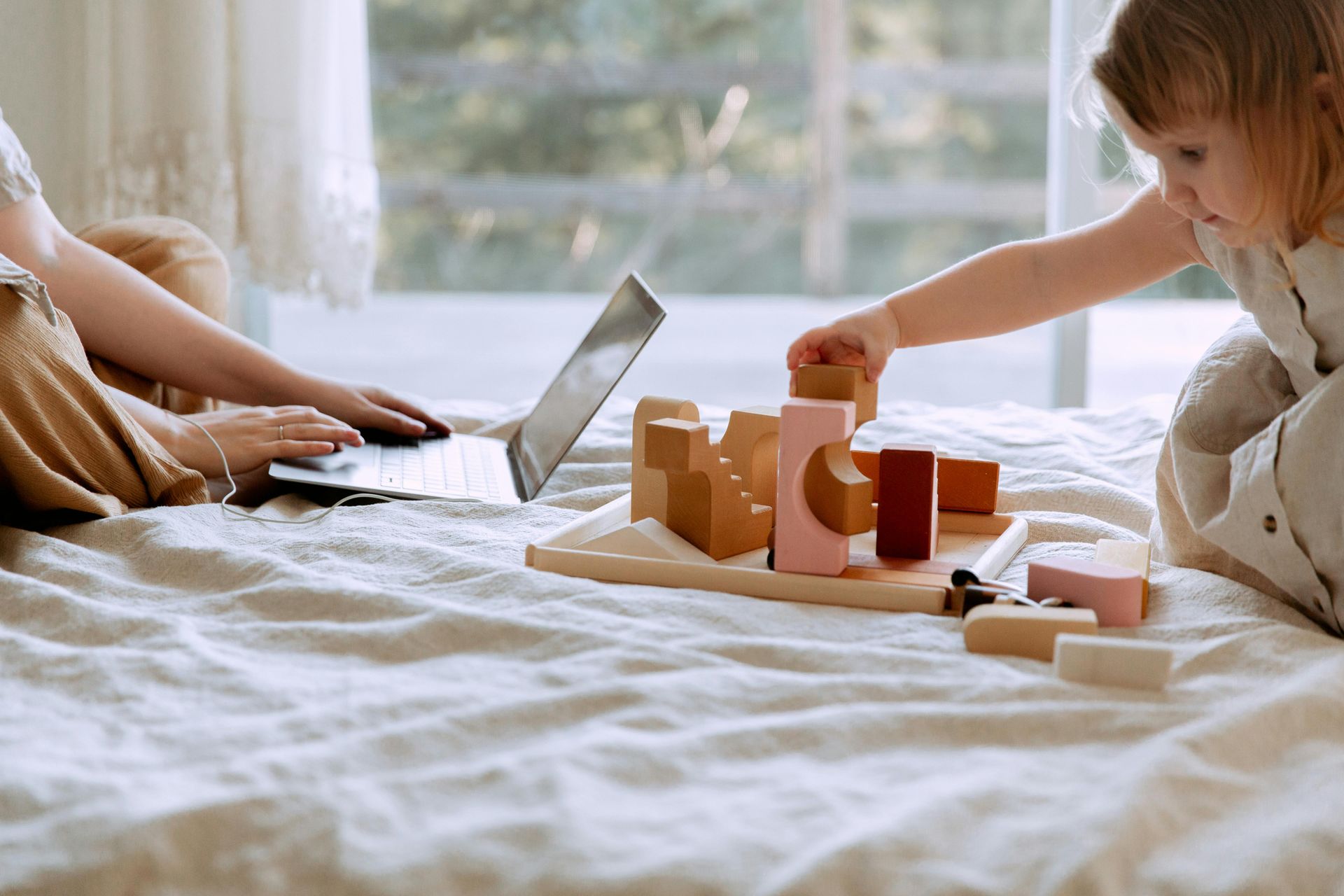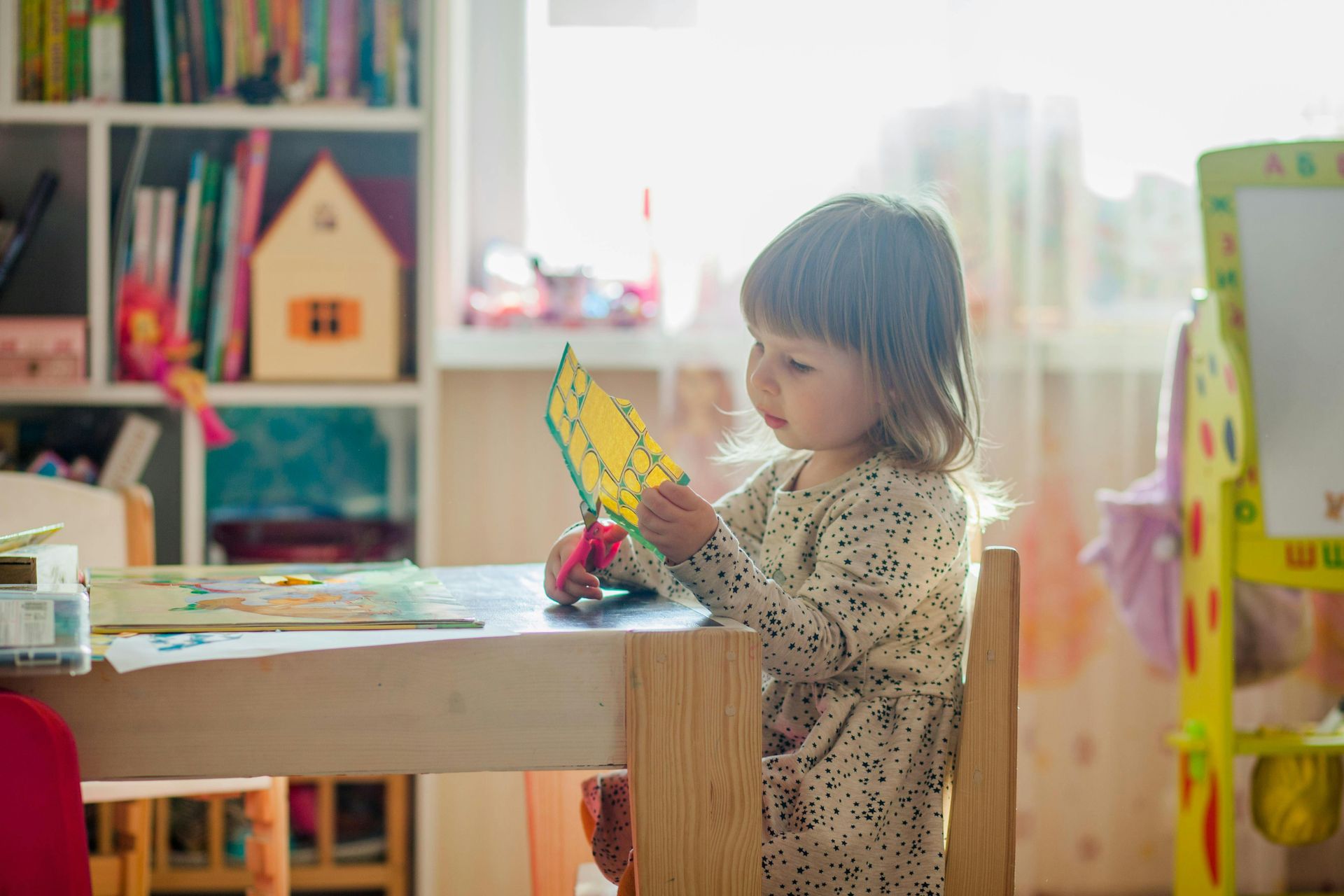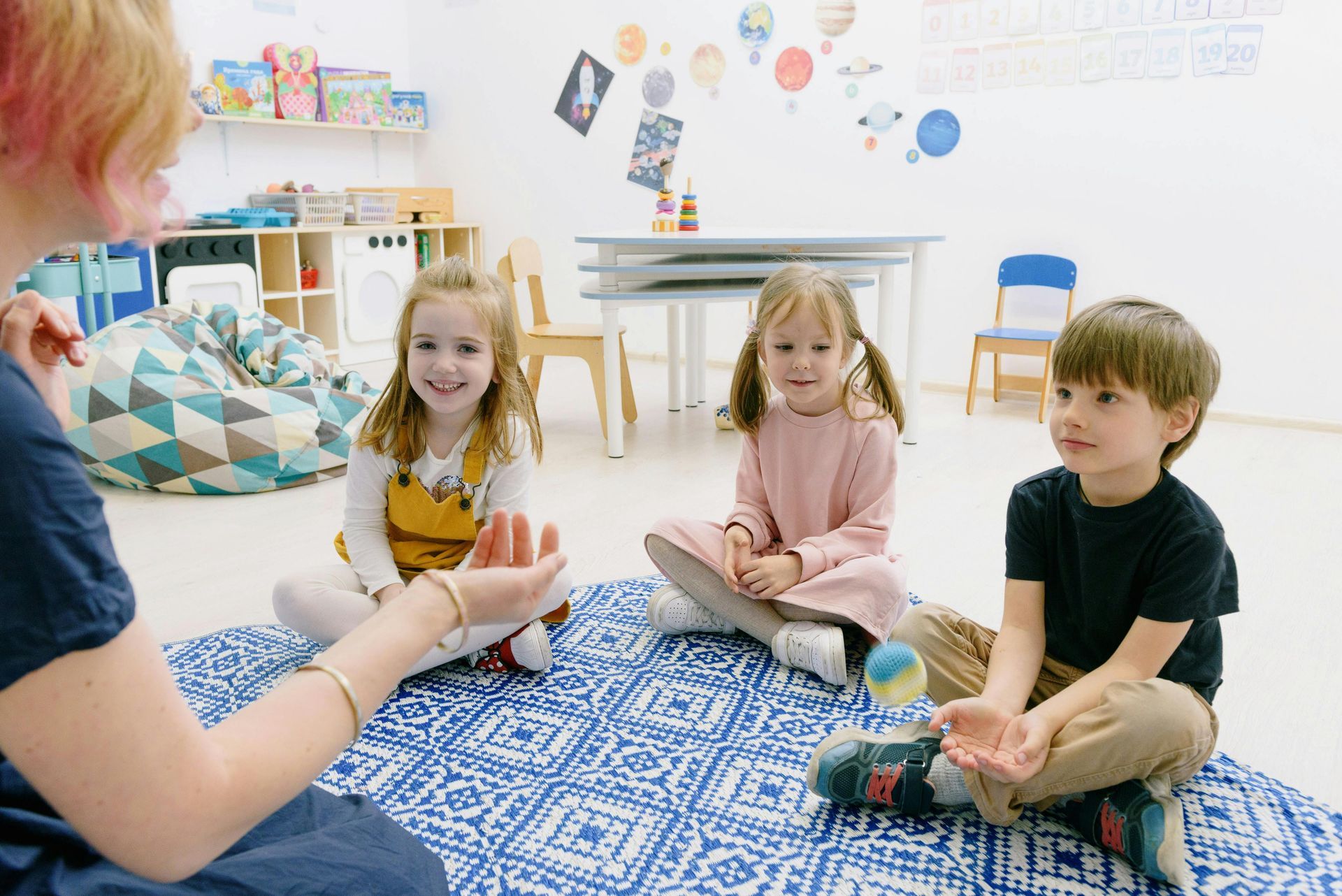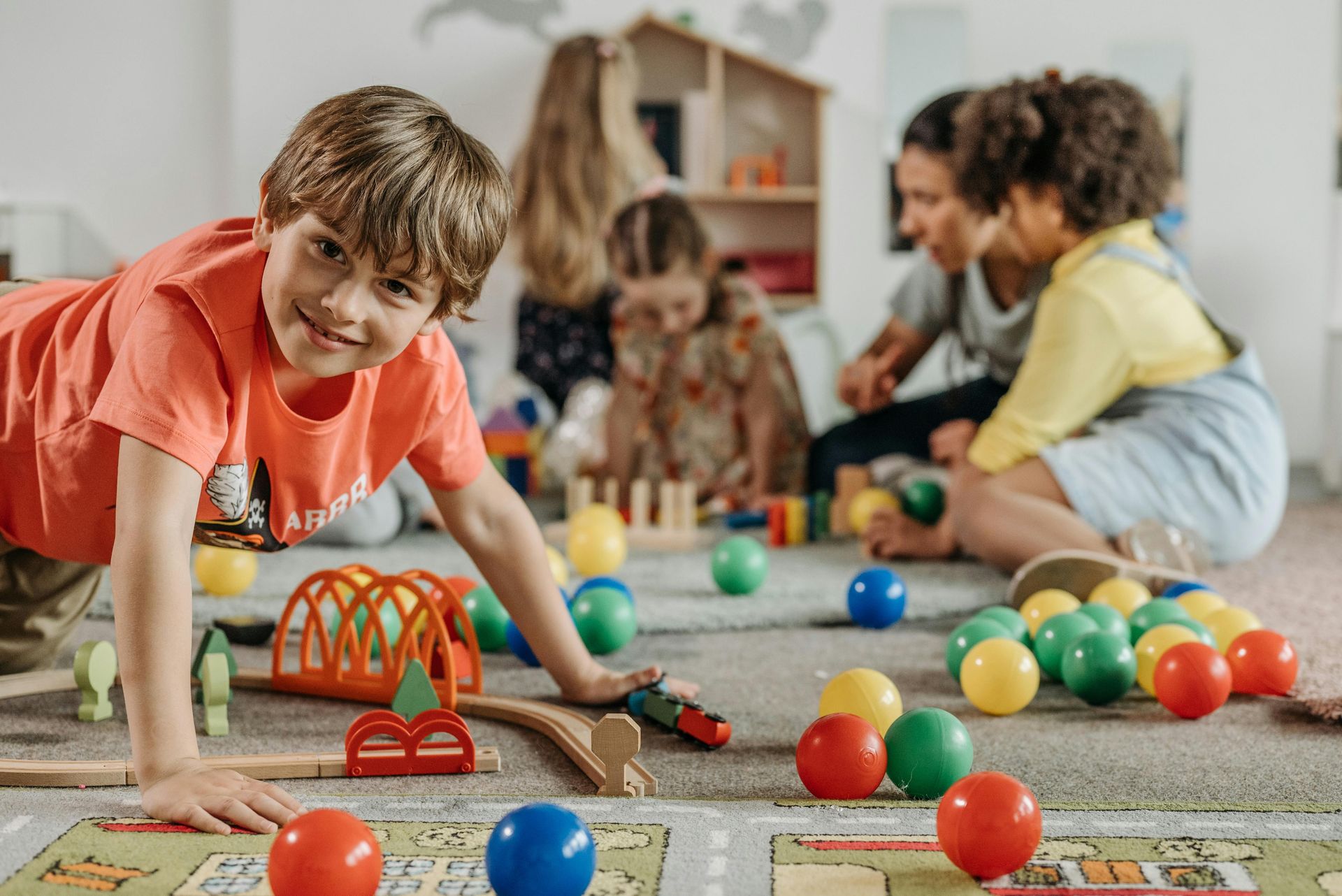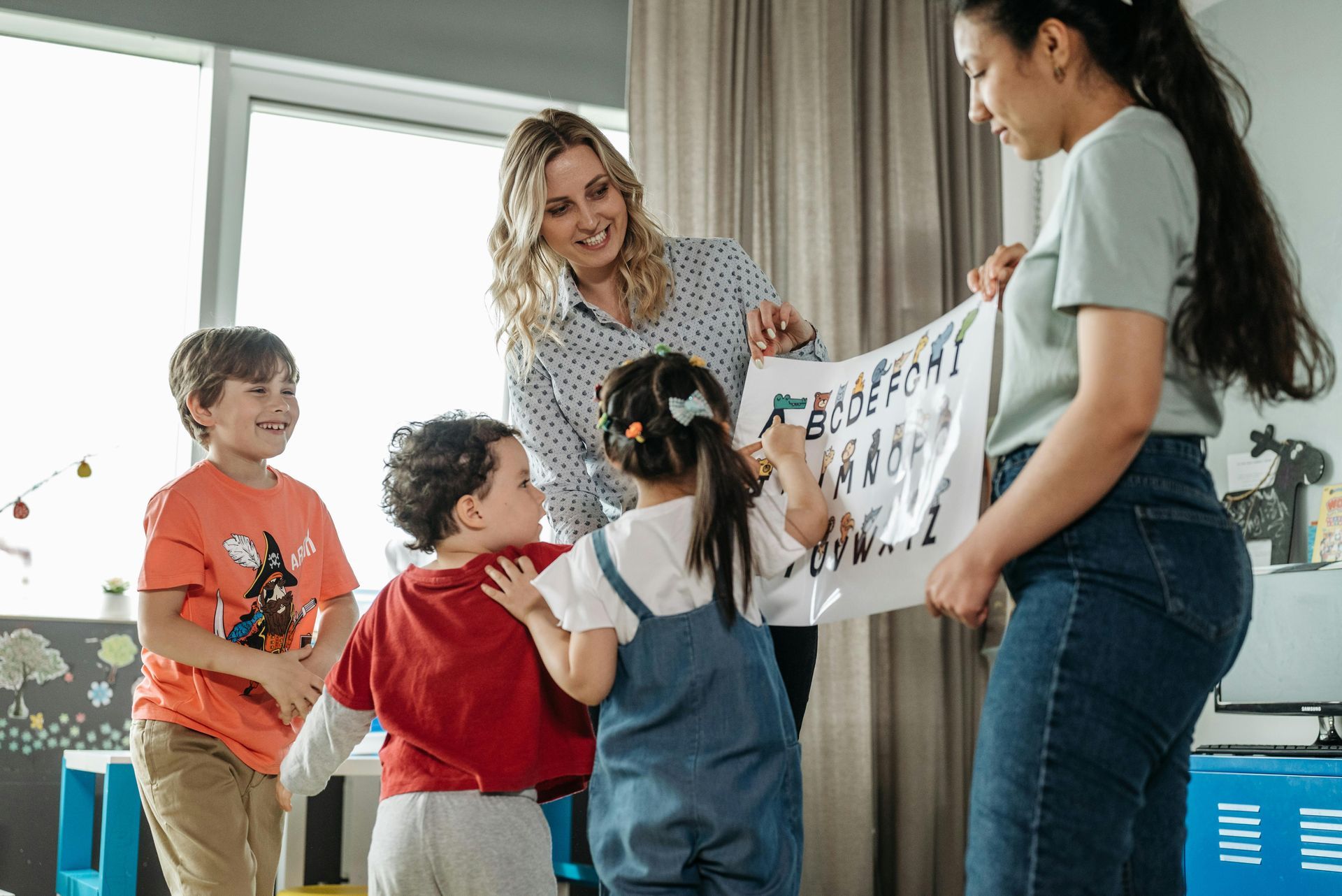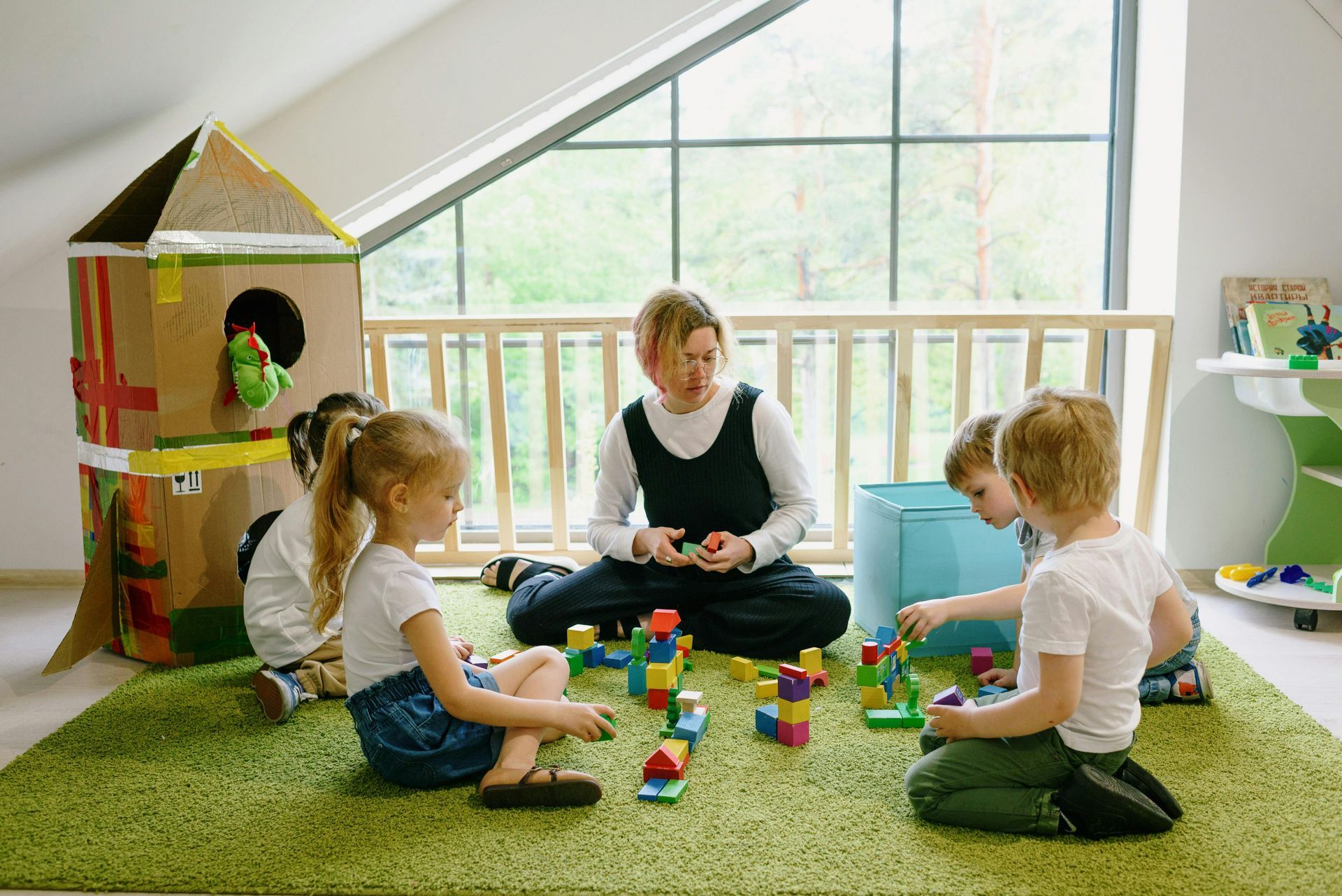Learning Beyond the Classroom: How Outdoor Exploration Sparks Lifelong Curiosity in Children
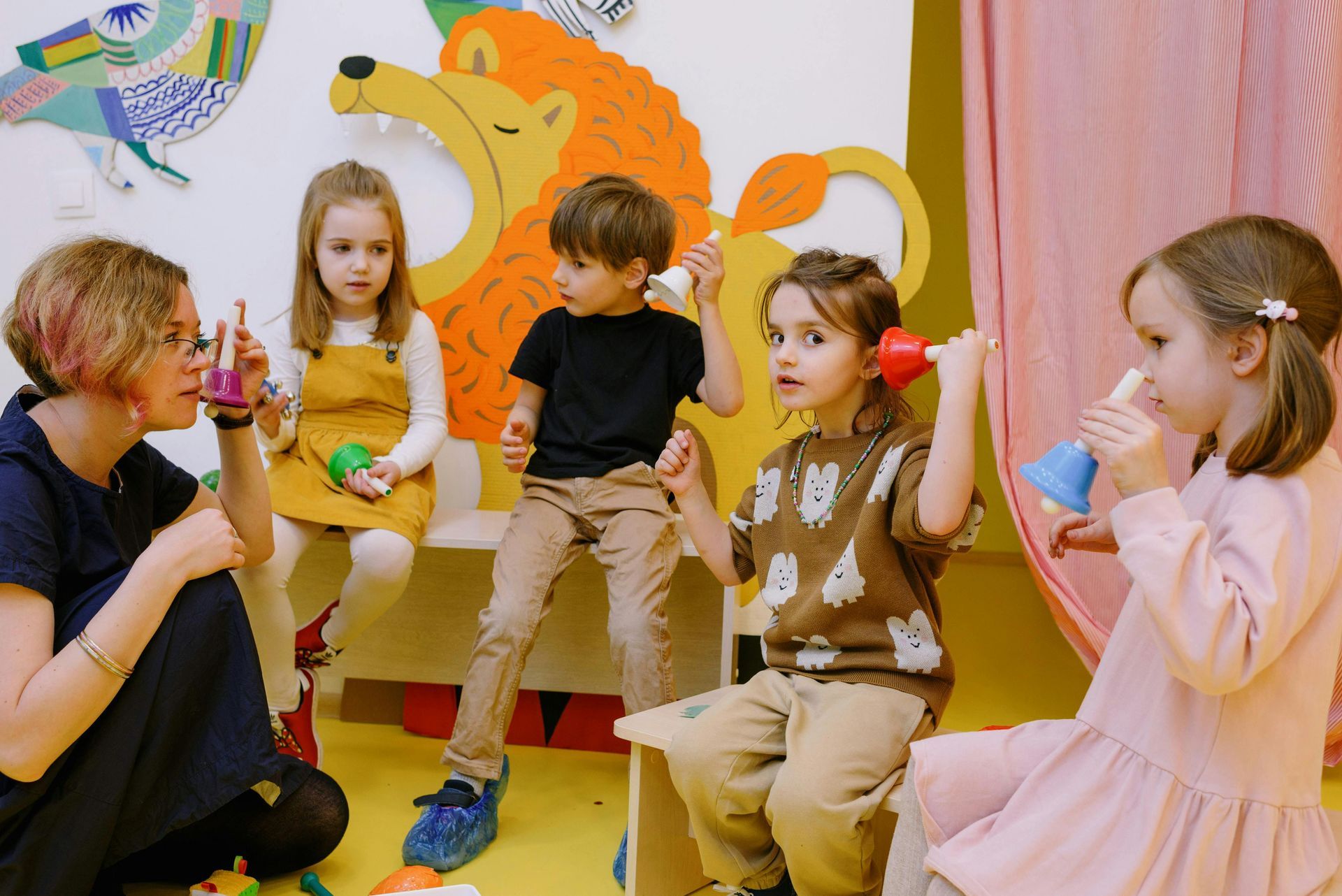
When we think of education, we often picture indoor classrooms filled with books, toys, and structured routines. But for young children, some of the most valuable learning happens beyond four walls—outdoors, where every leaf, rock, and breeze becomes an opportunity for discovery. At Playtime Academy, we embrace the great outdoors as an extension of the classroom, recognizing its vital role in nurturing children’s curiosity, creativity, and love for learning.
This blog post dives into the surprising educational benefits of outdoor exploration and why it should be a core part of every child’s early development.
The Natural World: A Living Laboratory
Nature offers something no toy or tablet can replicate—unstructured, ever-changing, multisensory experiences. From watching ants carry food to hearing the rustle of wind through trees, outdoor play helps children build a real connection to the world around them.
Why it matters:
- Observation and Inquiry: Children naturally ask questions outdoors—“Why is the sky blue?” “Where do birds sleep?” These questions spark a sense of inquiry that builds scientific thinking.
- Experimentation: Splashing in puddles or building mud castles lets children experiment with textures, weights, and forces, developing early STEM skills without even realizing it.
- Patterns and Predictability: Seasons, weather, plant cycles—all provide children with pattern recognition, one of the first steps toward logical thinking and mathematics.
Outdoor Learning Supports All Domains of Development
While outdoor play may seem like “just fun,” it supports every major area of childhood development:
1. Cognitive Development
Nature-based learning enhances focus and memory. In fact, studies show that children who engage in regular outdoor play often demonstrate better attention spans and problem-solving skills. Whether it’s navigating a hiking trail or finding the best way to balance on a log, outdoor activities naturally encourage spatial reasoning, risk assessment, and planning.
2. Physical Development
Running, jumping, climbing, balancing—these aren’t just play movements, they’re full-body workouts that enhance gross motor development. Even small actions, like picking flowers or turning over rocks, help fine motor coordination. At Playtime Academy, our playgrounds and nature zones are designed to safely challenge children’s bodies while building strength, endurance, and flexibility.
3. Emotional Regulation
Nature has a calming effect on children. Time spent outside helps reduce anxiety, increase happiness, and improve emotional resilience. Children who have daily access to nature are more likely to bounce back from frustration and handle emotions constructively. Unstructured outdoor play lets children regulate their stress in natural, intuitive ways.
4. Social Growth
Teamwork happens differently outside. Children learn to collaborate in unique ways—planning pretend camping trips, building shelters together, or setting up “nature shops” using leaves and twigs. These organic interactions teach compromise, cooperation, and leadership.
Curiosity-Driven Learning: How Playtime Academy Does It Differently
At Playtime Academy, our outdoor curriculum isn’t an afterthought—it’s a daily, purposeful part of our early learning approach. We carefully design our outdoor environment to serve as a dynamic, interactive classroom, with rotating materials and themed exploration zones. Some examples include:
- Sensory Gardens: Where children can touch, smell, and taste herbs and flowers—great for vocabulary building and sensory awareness.
- Loose Parts Play: With logs, shells, pinecones, and stones to encourage open-ended construction and storytelling.
- Mini Weather Stations: Kids learn about temperature, wind, and rain by using tools like thermometers and wind socks.
- Animal Observation Corners: Children use binoculars and journals to track birds, squirrels, or insects, learning patience and observational skills.
We also build in time for “nature reflections”, where children talk about or draw what they saw outdoors—transforming passive experiences into meaningful learning moments.
What Parents Can Do to Support Outdoor Learning
Even if you don’t have access to a large backyard or nature preserve, you can still give your child the benefits of outdoor learning. Here’s how:
- Create a Nature Box: Fill a shoebox with rocks, sticks, leaves, and other outdoor treasures your child can explore and categorize.
- Ask Open-Ended Questions: After outdoor play, instead of “Did you have fun?” ask, “What did you see today that surprised you?” or “What did you make with those sticks?”
- Let Them Get Dirty: Mud, sand, water—it’s all part of the process. Don’t let fear of mess get in the way of learning.
- Observe Together: Take a walk and practice “noticing” together. Ask your child to spot three things that move, or five different textures.
- Balance Screen Time with Green Time: The goal isn’t to eliminate screens—it’s to create a healthy balance. Aim for at least one hour of active outdoor play each day.
Explore the importance of emotional intelligence in early childhood and how playtime builds emotional awareness, as well as how early childhood education shapes future success, by reading our blog posts on the power of emotional intelligence in early childhood and creating a foundation for lifelong learning.
Conclusion: Nature is a Teacher Too
At Playtime Academy, we believe in nurturing whole-child development—and that means valuing outdoor learning as much as traditional academics. The curiosity sparked by a bug under a rock or the joy of running barefoot through grass teaches children resilience, independence, and wonder. These lessons aren’t just preparing them for kindergarten—they’re preparing them for life.
So the next time your child is covered in dirt, clutching a handful of pebbles with a story about a squirrel they followed—know that something magical just happened. That’s learning, too.
